by Cass Jenks
The Contours team enjoy all sorts of hobbies, and many of us spend most of our free time in the great outdoors. Following on from Ben’s Little Leg Adventures, here’s Cass from marketing talking about her ever-expanding tree habit.
My name is Cass, and I plant trees.
I wasn’t always this way. I used to admire them from afar while out on walks, bicycle rides and motorbike jaunts. But in April 2019, my partner and I bought four hundred trees. I took a week off work to plant them all, unaware that this mammoth task would lead to a lasting obsession.
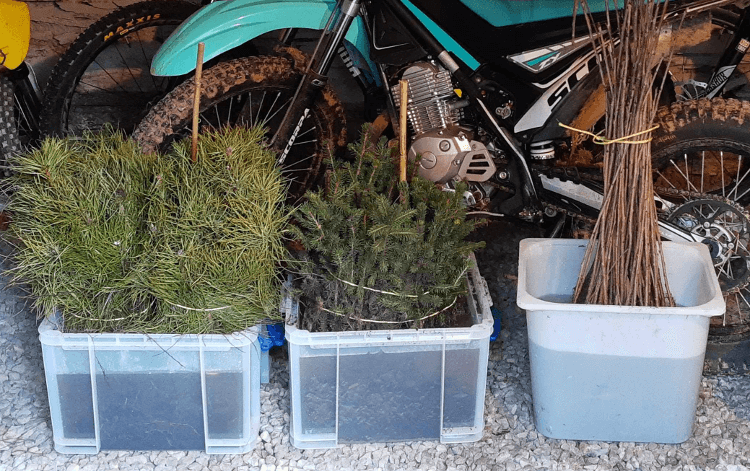
.png)
.png)
Caring for so many plants is naturally quite consuming. For a while we had no sensible way of watering them, so in a fit of protective tree-parent madness, I filled my old enormous thru-hiking backpack with every bottle in the house and marched that water up the hill 35 litres at a time.
Fortunately we bought a power barrow before I could put my back out irreparably. We’ve since dug a large pond at the top of the hill, and I fill my watering can from that — no more mad packhorse ascents for me.
As an added bonus, now we have dragonflies.
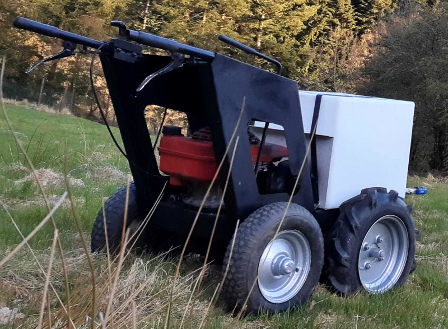
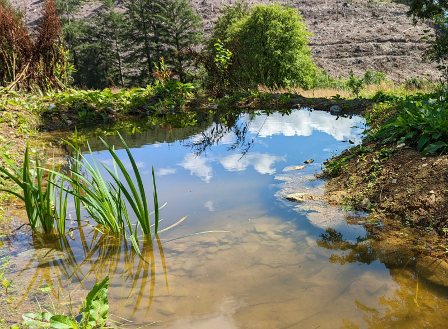
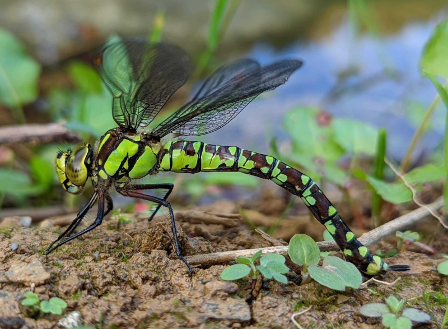
The biggest change I’ve observed since plonking all these sticks in the ground is the huge uptick in biodiversity. Wherever we’ve pulled back the grass to make space for our trees, we’ve seen a phenomenal surge in wildflowers, which have drawn clouds of butterflies, bees and beetles.
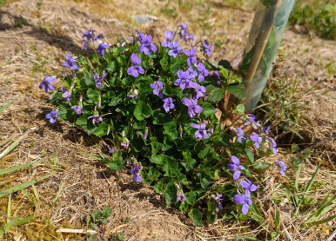
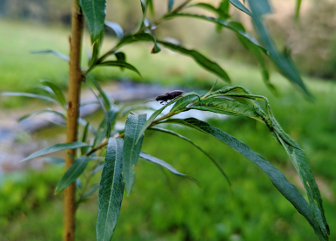
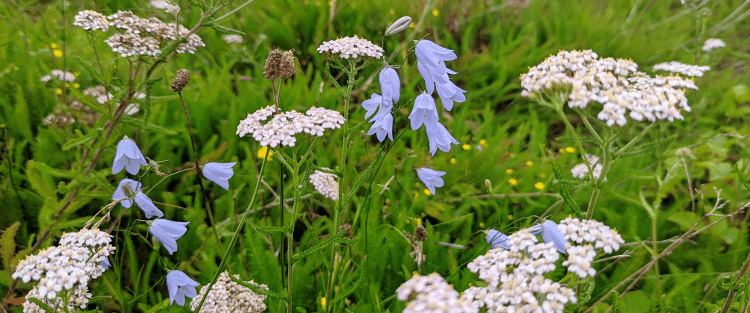
Now that the trees are over a year old, with serviceable branches and leaf cover, we’ve had all sorts of interesting birds darting about between them, too. We’ve spotted overwintering twites visiting from the Pennines and a flock of red-legged partridges who stayed a few weeks.
Meanwhile, beneath the bushiest hazels, a badger has dug a new set, and the field is full of crisscrossing trails from all the other wildlife passing through.
For oak trees all across the UK, 2020 was a mast year — a year with a massive boom in acorn production. In our field, that bumper crop produced a dense carpet of oak saplings all along our forest-side border.
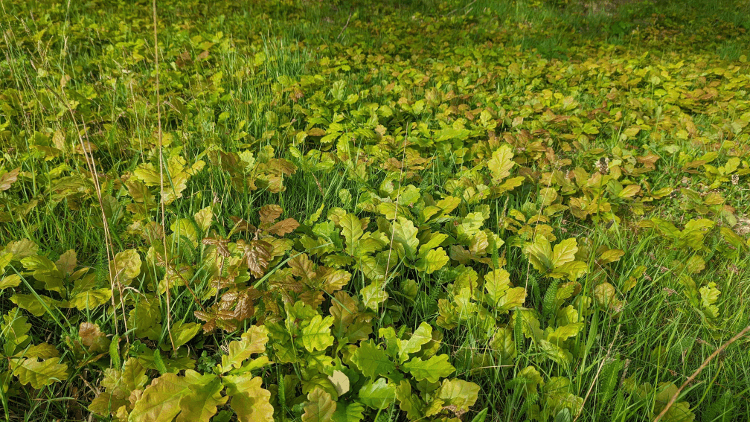
We’ve left most of these to grow where they are, but we’ve carefully excavated some too (each oak tree has a long tap root — and they do not like you tampering with it, so this is always a delicate operation) and grown them on in pots.
When winter comes around and the trees go dormant, we plan to replant these truly local oaks between the fast-growing spruces. Along with the wild-seeded birch, field maple and hazel that we’ve encouraged to keep growing all across our field, not to mention the spine of old hawthorn down the middle, this should help to establish deciduous woodland that survives the spruces when they mature and are felled for firewood.
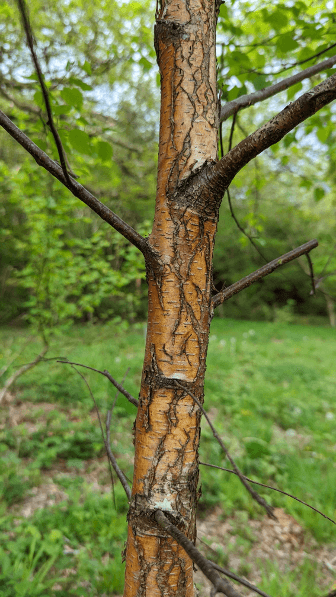


The more I read about woodland, the more I want to branch out with other species. To our original 400 trees, composed of Norway spruce, Scots pine, wild cherry, poplar and willow, we’ve added alder, hornbeam, whitebeam, dogwood, rowan, field maple, chestnut, wych elm, sycamore, beech, apple and holly. There will be more.
I was always pretty outdoorsy, but after planting these trees and broadening my knowledge of native species, I find myself looking for them constantly whenever I venture out on footpaths and greenlanes. The nosey hiking Beth Pipe talked about comes naturally now.

This extra level of involvement in my surroundings is brilliant when I’m trying to identify an area’s distinctive attributes. It’s much easier to write about the character of a place when you understand what you’re looking at — like the signs of historic coppicing pictured above that I spotted while hiking through a woodland near Stock.
I would highly recommend getting madly enthusiastic about trees.
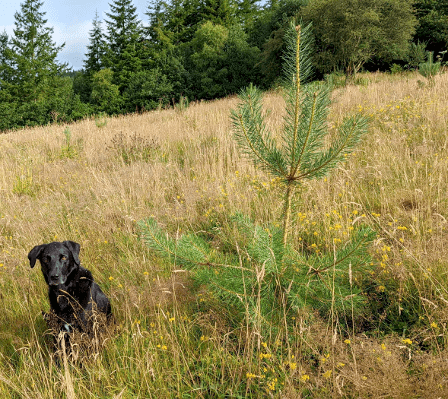


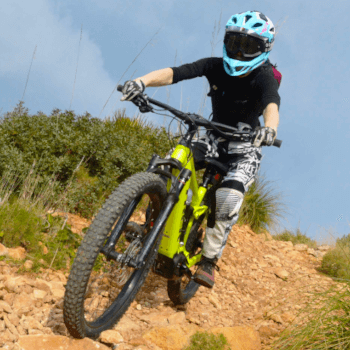
Marketing and Strategy Consultant
Writer, editor and Google-wrangler at Contours Holidays, Cass spends each weekend on the trails, walking the dog or plummeting downhill along Wales’ best mountain biking tracks.
Read more about the Contours Holidays team: